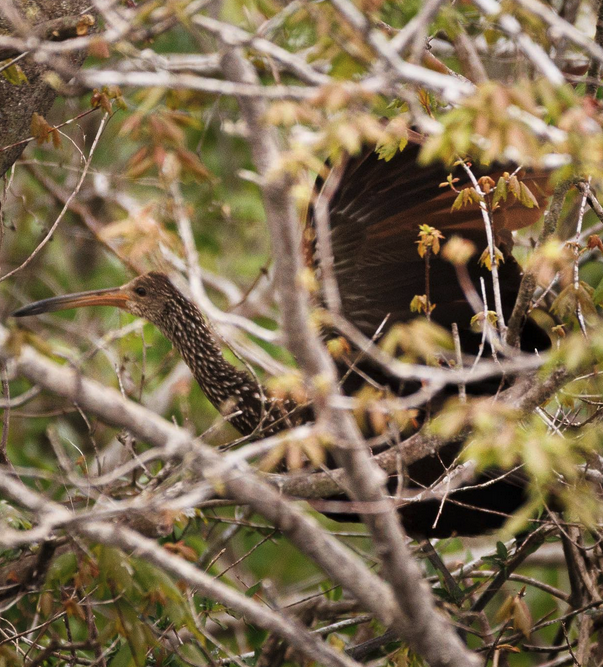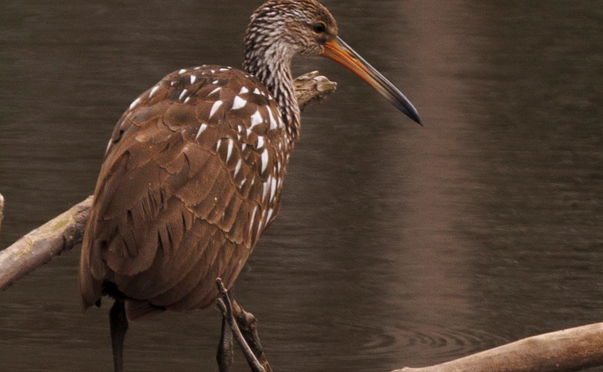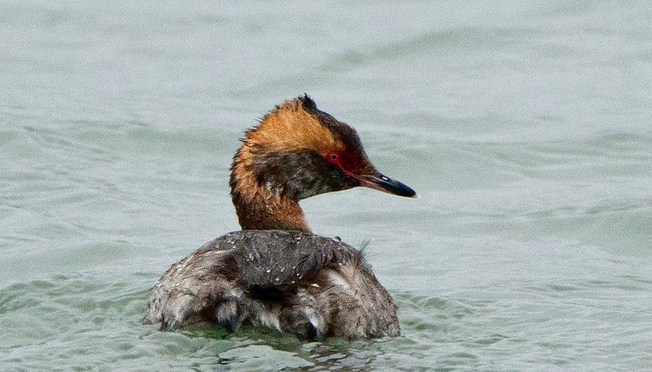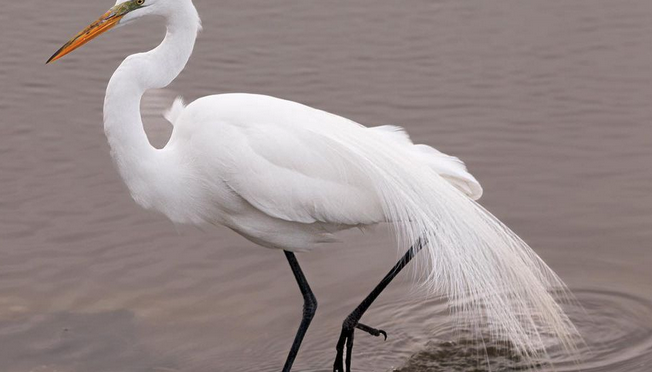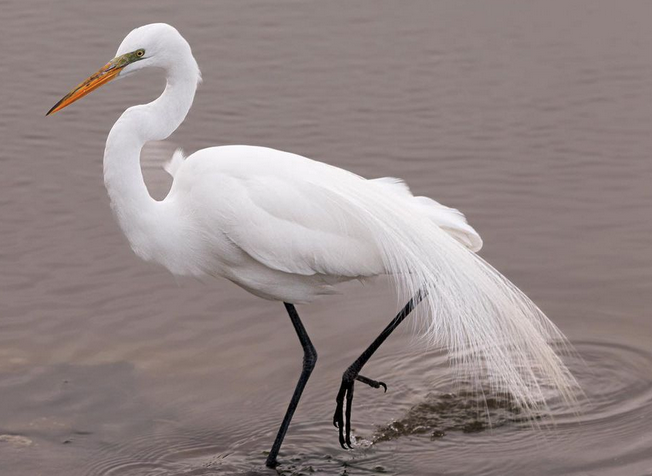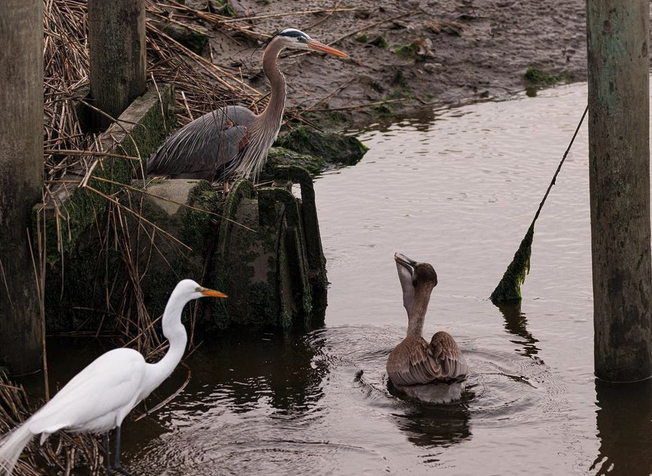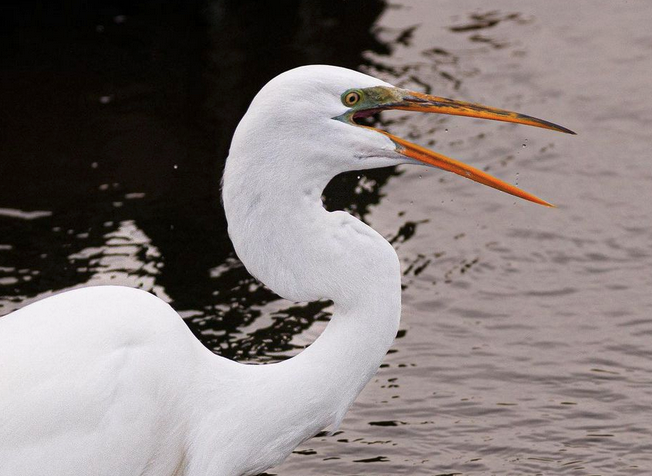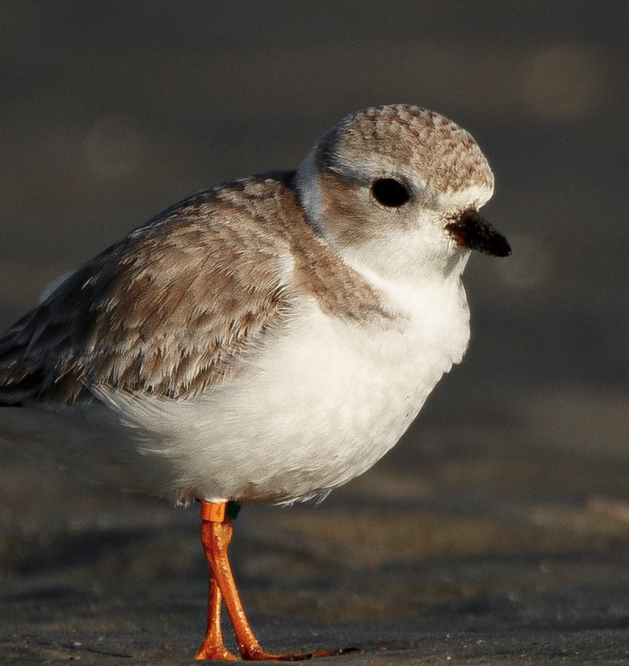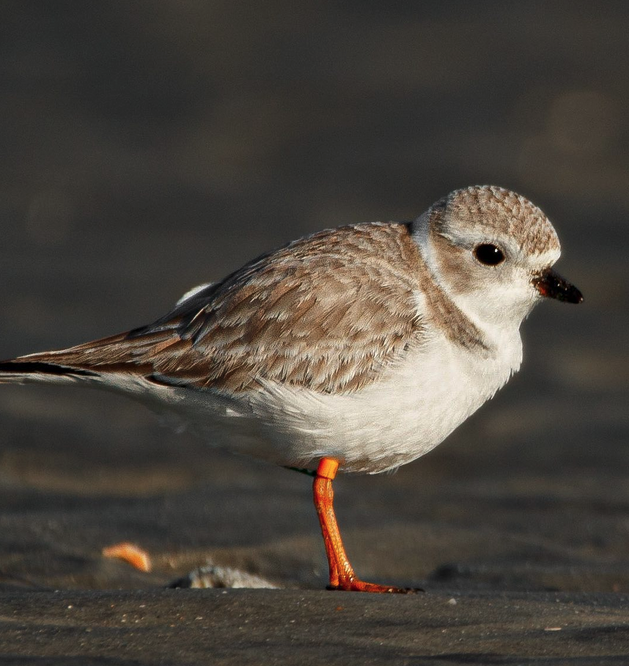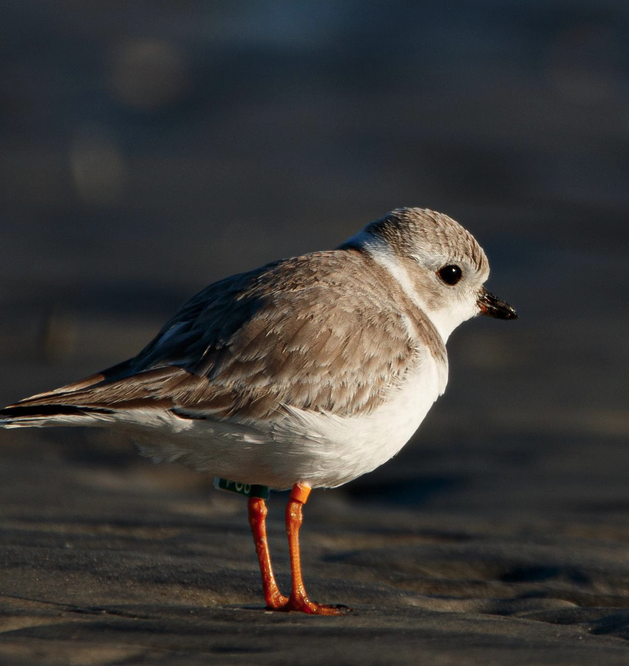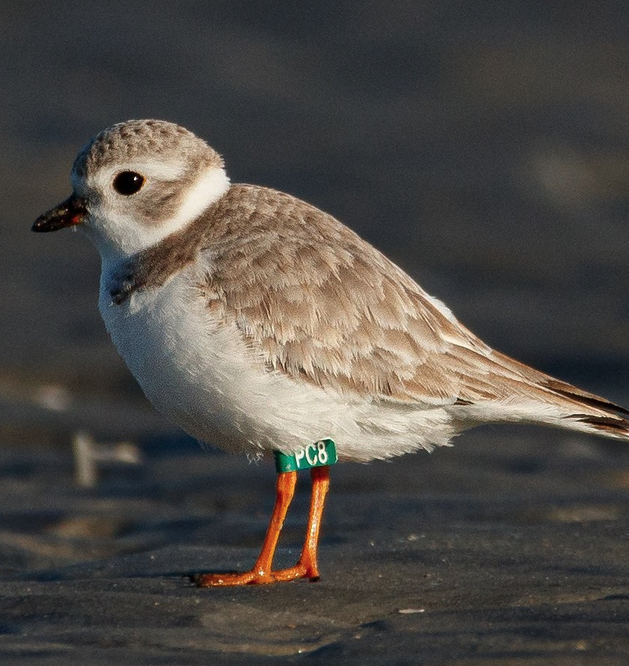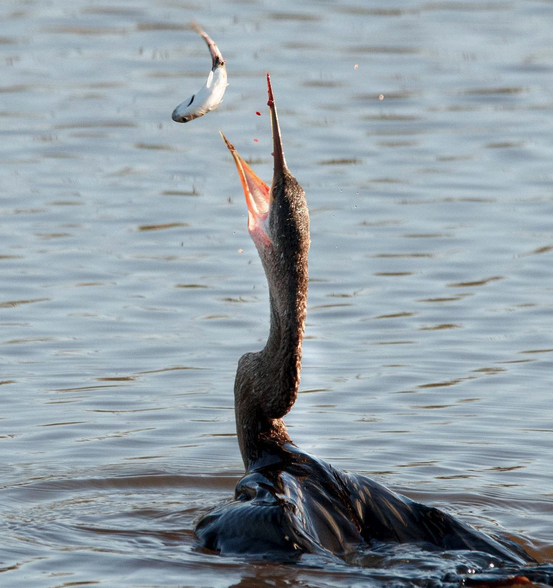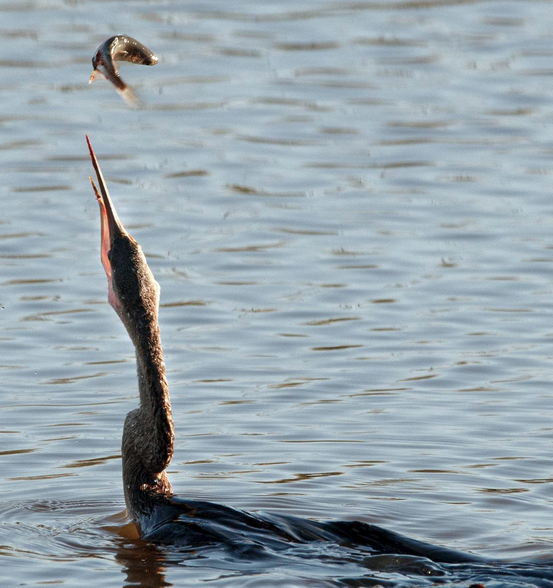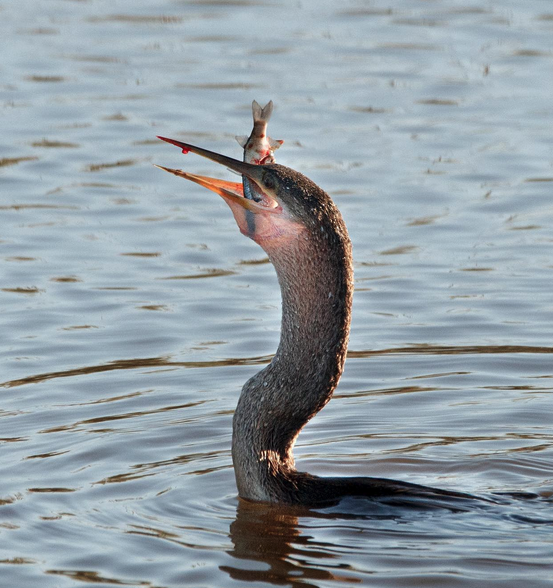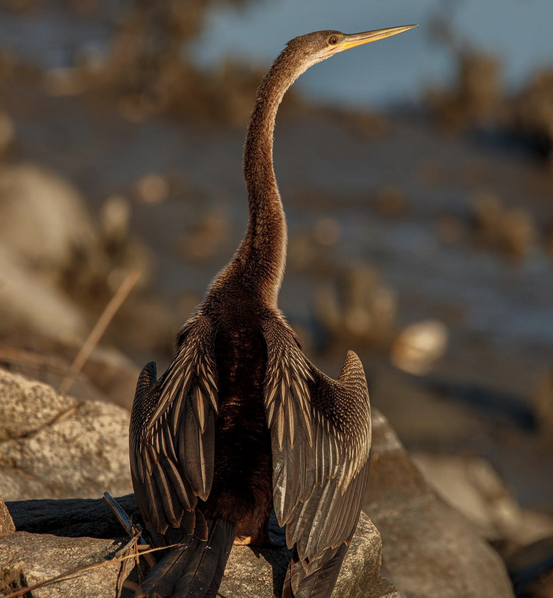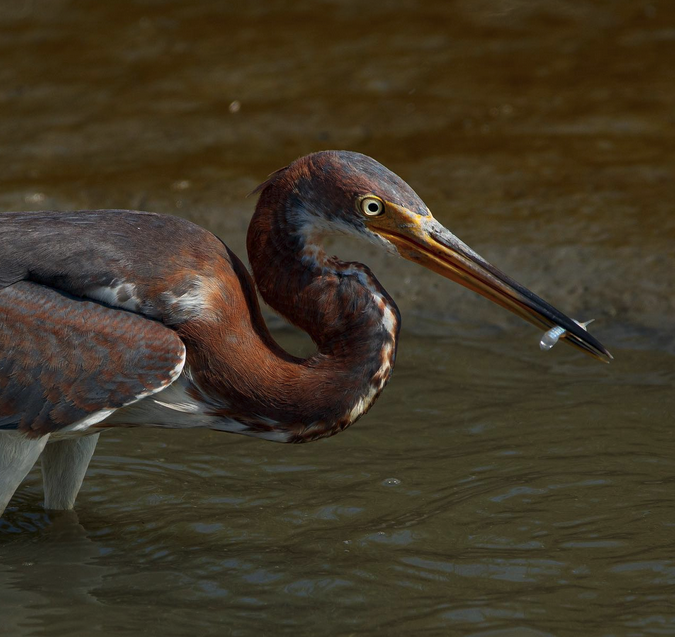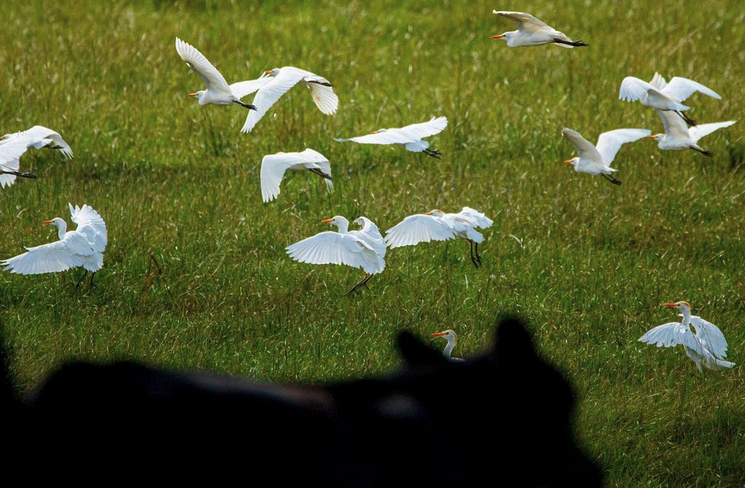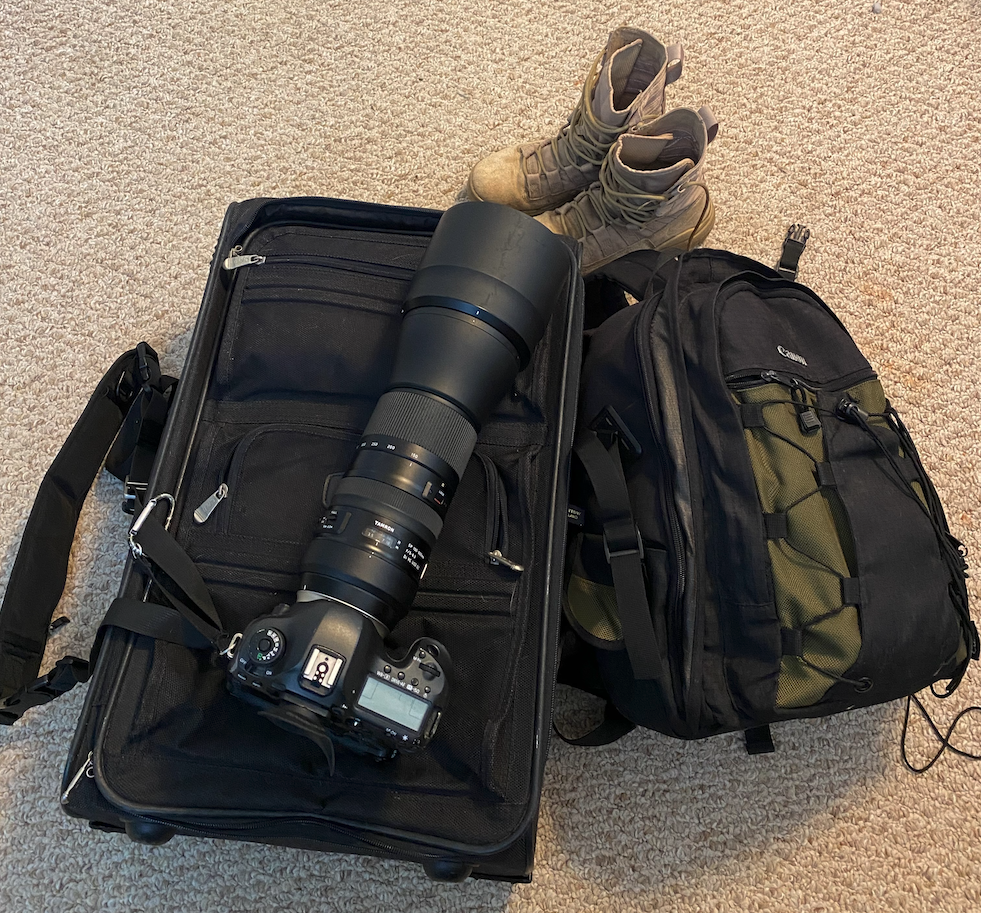By Sally Siko
Each spring, I make the return to a small suburban neighborhood in southeast SC to check on a family of Limpkins.
Why?
Well the Limpkins are technically a rare bird for SC and it’s unusual to be able to see a specific species which is way out of it’s normal range year after year in the same spot.
I think it’s pretty neat to be able to enjoy these elegant birds without having to travel several hundred miles south to see them!

But what keeps these Limpkins from moving on?
The answer is snails.
Apple snails to be precise.
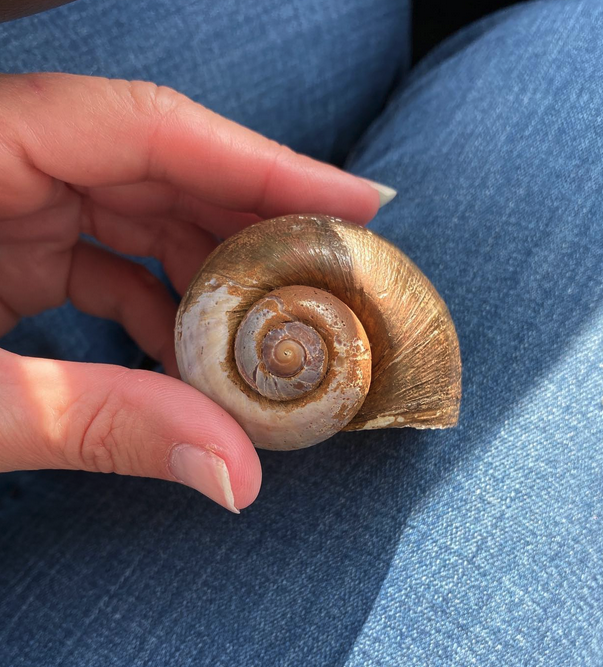
The small drainage ponds in the neighborhood and the adjacent swampland are full of them.
Apple snails are the Limpkins favorite food and there’s plenty to go around so why leave?
In fact, the original pair of Limpkins have successfully nested here for four years.
Most of their offspring have moved on into other territories but apparently at least two have decided to stay in the area.
